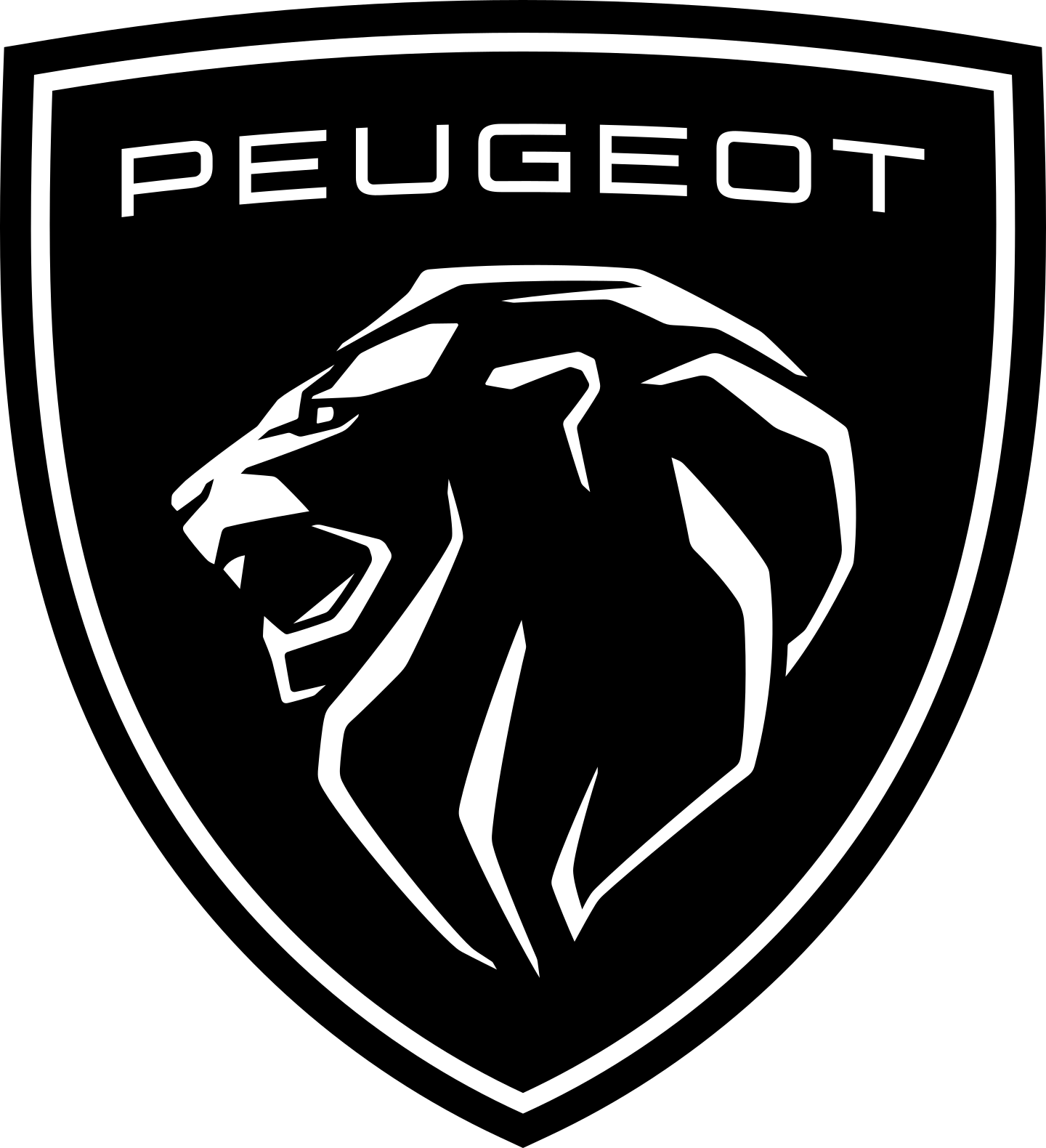How Mythology Shapes Modern Game Designs: Connecting Ancient Stories with Innovative Entertainment
Mythology has long served as a rich source of inspiration for storytelling, visual design, and world-building across centuries. From the epic tales of gods and heroes to symbolic motifs representing universal themes, ancient myths continue to influence modern media—particularly the gaming industry. Today’s game designers harness mythological narratives not only to craft engaging experiences but also to embed educational elements, blending entertainment with learning. An illustrative example of this synthesis is Le Zeus, which exemplifies how myth-inspired themes elevate gameplay while subtly teaching scientific and mathematical concepts.
Contents
- Introduction to Mythology in Modern Game Design
- Fundamental Concepts of Mythology and Their Appeal in Gaming
- The Role of Mythology as a Design Framework in Modern Games
- Mathematical and Scientific Parallels in Myth-Inspired Games
- Case Study: Le Zeus as a Modern Mythological Game
- Design Strategies Derived from Mythology for Creating Engaging Gameplay
- The Impact of Mythological Themes on Player Engagement and Cultural Relevance
- Non-Obvious Dimensions: Mythology and Educational Synergies in Games
- Future Trends: Evolving Mythological Influences in Game Design
- Conclusion: The Enduring Power of Mythology in Shaping Modern Game Designs
Introduction to Mythology in Modern Game Design
Throughout history, mythological themes have profoundly influenced storytelling and visual aesthetics, providing a rich tapestry of characters, symbols, and narratives. Ancient myths—such as Greek, Norse, and Egyptian—offer archetypal figures and stories that resonate across cultures, serving as foundational elements in modern storytelling mediums, including films, literature, and notably, video games.
In contemporary gaming, integrating mythological narratives enhances both the depth and appeal of the experience. These themes foster emotional engagement, cultural recognition, and a sense of timelessness, making games more immersive and meaningful. Developers recognize that mythological stories can serve as a universal language, bridging diverse audiences and enriching gameplay with layers of symbolic meaning.
Fundamental Concepts of Mythology and Their Appeal in Gaming
Common themes and symbols in mythology
Mythological stories often revolve around gods, heroes, epic battles, and quests. Symbols like lightning, sacred mountains, and mystical artifacts serve as visual cues that evoke specific narratives. For example, gods symbolize power and authority, while heroes embody courage and resilience.
The psychological and cultural resonance of mythological stories
Myths tap into universal human experiences—struggle, transformation, morality—making them highly relatable. They also reinforce cultural identities and values, allowing players to connect emotionally with the game world through familiar archetypes and motifs.
Enhancing narrative depth and immersion
Incorporating mythological motifs enriches storytelling, providing layers of meaning and context. For instance, a game featuring a hero’s quest inspired by myth can evoke a sense of adventure and purpose, immersing players in a narrative that echoes ancient stories.
The Role of Mythology as a Design Framework in Modern Games
Using archetypes to create characters and plots
Designers often draw on mythic archetypes—such as the hero, the trickster, or the mentor—to craft compelling characters. These archetypes serve as templates that resonate universally, making characters instantly recognizable and emotionally engaging.
Visual symbolism in architecture, costumes, and iconography
Myth-inspired visuals—such as towering temples, divine robes, or iconic symbols like thunderbolts—enhance world-building. These elements create a cohesive aesthetic that evokes the mythic qualities of the game universe.
Mythology as a tool for world-building
By embedding mythological history and cosmology, designers develop immersive settings that feel both fantastical and believable. For example, the grandeur of Mount Olympus or the underworld of Hades provides a backdrop rich in cultural significance and narrative potential.
Mathematical and Scientific Parallels in Myth-Inspired Games
Underlying structures: prime numbers and mythic harmony
Game mechanics often incorporate mathematical structures that mirror mythic harmony. For example, the number of paylines—such as 19, a prime number—can symbolize the perfection and uniqueness attributed to divine order in mythologies.
Scientific facts evoking mythic phenomena
Scientific data, like lightning speeds (approximately 270,000 km/h), are used to evoke the awe associated with mythic powers. In games inspired by Zeus, such scientific facts lend realism to supernatural abilities, making them more tangible and impressive.
Myth settings’ geography and elevation
Real-world measurements, such as Mount Olympus’s height of 2,917 meters, contribute to a sense of grandeur and authenticity. These details help players visualize mythic worlds that are rooted in real geography, enhancing immersion.
Case Study: Le Zeus as a Modern Mythological Game
Le Zeus exemplifies how contemporary games draw from Greek mythology—featuring gods, lightning, and Mount Olympus—to create an immersive experience. Its visual design incorporates classical symbols like thunderbolts and divine robes, while its mechanics mirror mythic narratives of heroism and divine intervention.
Educationally, the game integrates scientific facts—such as lightning speed and mountain elevations—into its storyline and mechanics, subtly educating players about natural phenomena while entertaining. For example, understanding Zeus’s control over lightning can be linked to the scientific properties of electrical discharge, fostering curiosity and learning.
Design Strategies Derived from Mythology for Creating Engaging Gameplay
- Archetypal characters: Using mythic figures as avatars or NPCs, such as heroes or gods, enhances recognition and emotional connection.
- Narrative structures: Incorporating mythic quests and hero’s journeys provides familiar storytelling arcs that resonate across cultures.
- Mythic motifs: Symbols like lightning or sacred mountains evoke emotional responses and deepen cultural relevance, making gameplay more compelling.
The Impact of Mythological Themes on Player Engagement and Cultural Relevance
Myth-based content taps into nostalgia and cultural recognition, fostering a sense of familiarity and comfort. This connection encourages players to engage more deeply with the game world, often leading to increased time spent and emotional investment.
Furthermore, mythological storytelling promotes learning—players inadvertently absorb cultural values and historical contexts, making games educational tools that transcend mere entertainment. Modern adaptations often reinterpret myths to reflect contemporary values, ensuring relevance across generations.
Non-Obvious Dimensions: Mythology and Educational Synergies in Games
Using myth to teach mathematical concepts
Mythology provides a narrative framework for explaining mathematical ideas such as prime numbers and structural patterns. For example, game mechanics based on prime numbers (like paylines or symbol arrangements) can subtly teach players about number theory through experiential learning.
Scientific facts as narrative devices
Incorporating scientific data—such as lightning velocities or mountain heights—into gameplay enhances the educational value. These facts lend authenticity to mythic powers and encourage curiosity about natural phenomena.
Mythology as a bridge to cultural and scientific understanding
By connecting myths with scientific facts and historical geography, developers create multidimensional learning experiences. Players gain insights into ancient cultures’ worldview and scientific knowledge, fostering a holistic understanding of human history and natural sciences.
Future Trends: Evolving Mythological Influences in Game Design
As scientific discoveries advance, myth-inspired narratives are increasingly incorporating new scientific concepts, such as quantum physics or space exploration, to keep content fresh and relevant. This evolution broadens the scope of mythological storytelling beyond traditional gods and heroes.
Technological innovations like augmented reality (AR) and virtual reality (VR) enable players to experience mythic worlds more vividly. Imagine exploring Mount Olympus or battling mythic monsters in fully immersive environments—technology is transforming myth into experiential reality.
Additionally, personalized mythological storytelling—tailored to player backgrounds or cultural contexts—holds promise for creating unique, culturally resonant experiences that deepen engagement and learning.
Conclusion: The Enduring Power of Mythology in Shaping Modern Game Designs
Mythology continues to be a vital influence on modern game design, enriching narratives, visual symbolism, and gameplay mechanics. These timeless stories provide a universal language that fosters emotional engagement, cultural connection, and educational opportunities.
Games like Le Zeus serve as contemporary illustrations of how myth-inspired themes can be integrated seamlessly with scientific and mathematical concepts, offering players both entertainment and learning. As technology advances, the potential for mythological storytelling in games will only expand, encouraging developers to harness these ancient narratives for innovative experiences.
For those interested in exploring responsible gaming options that incorporate mythic themes and educational elements, remember to spin responsibly.









